MICRO
“juxtaposing micro-scale imagery with global scale from space”
“see internal
structures within”

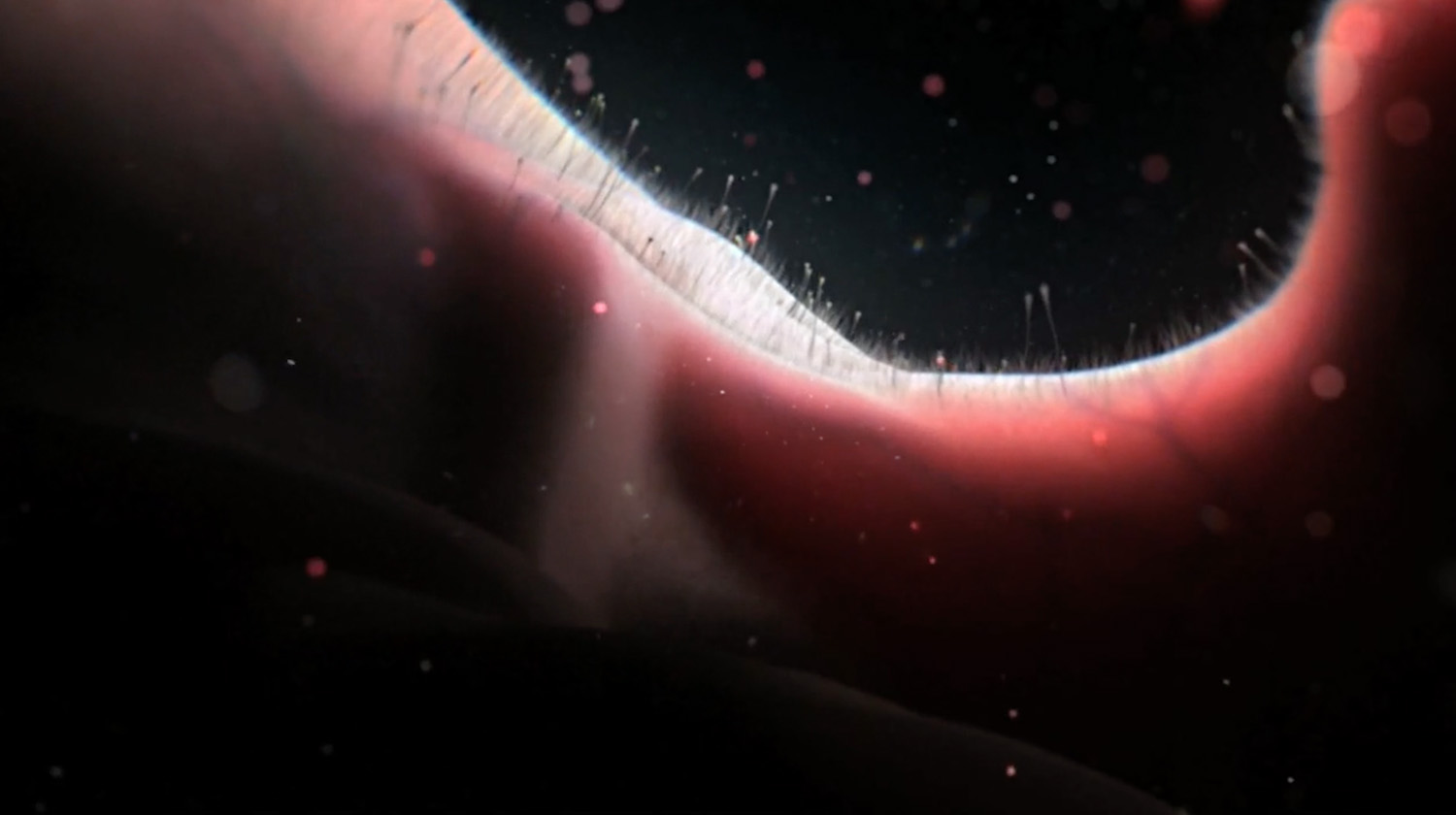
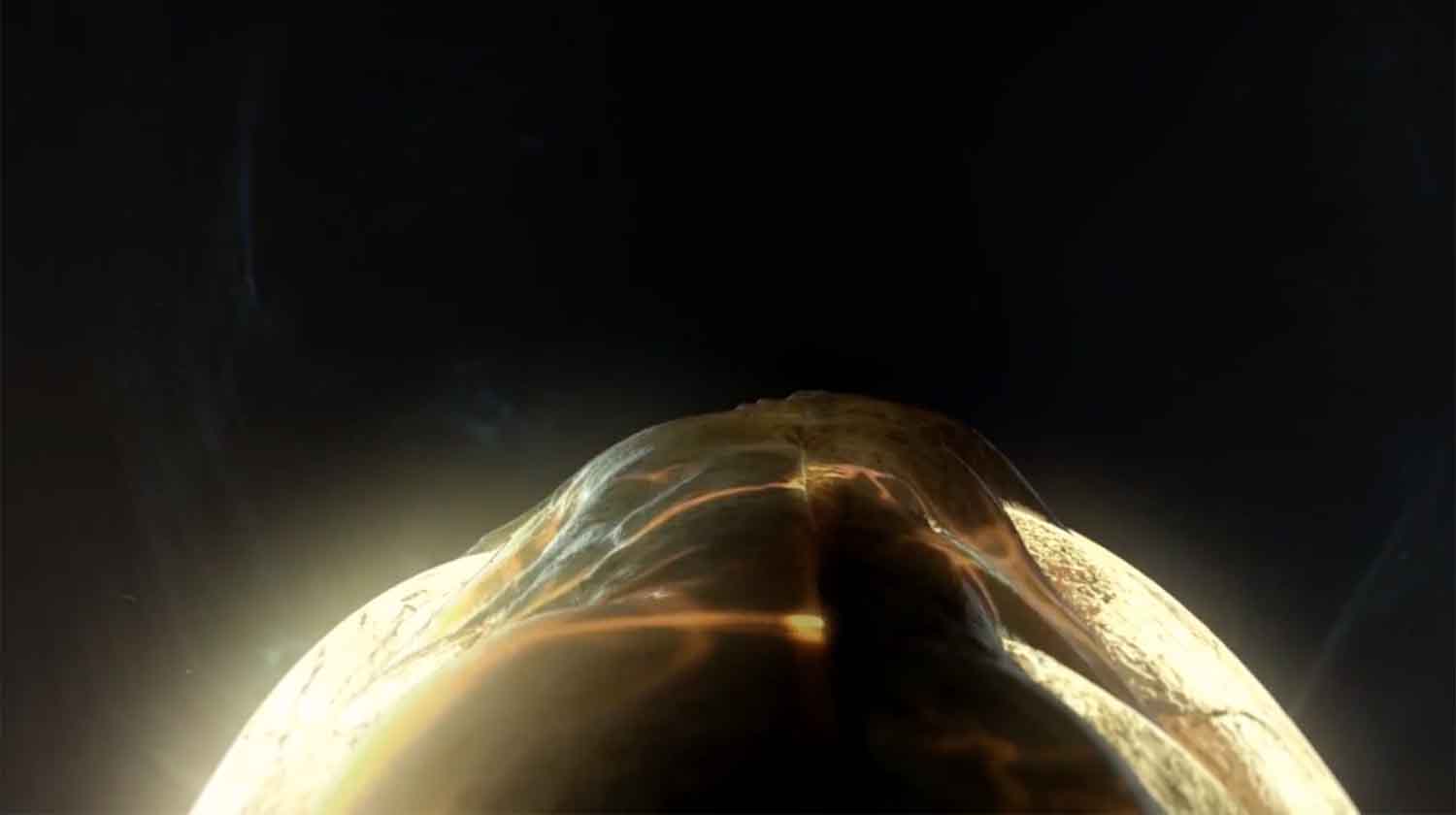
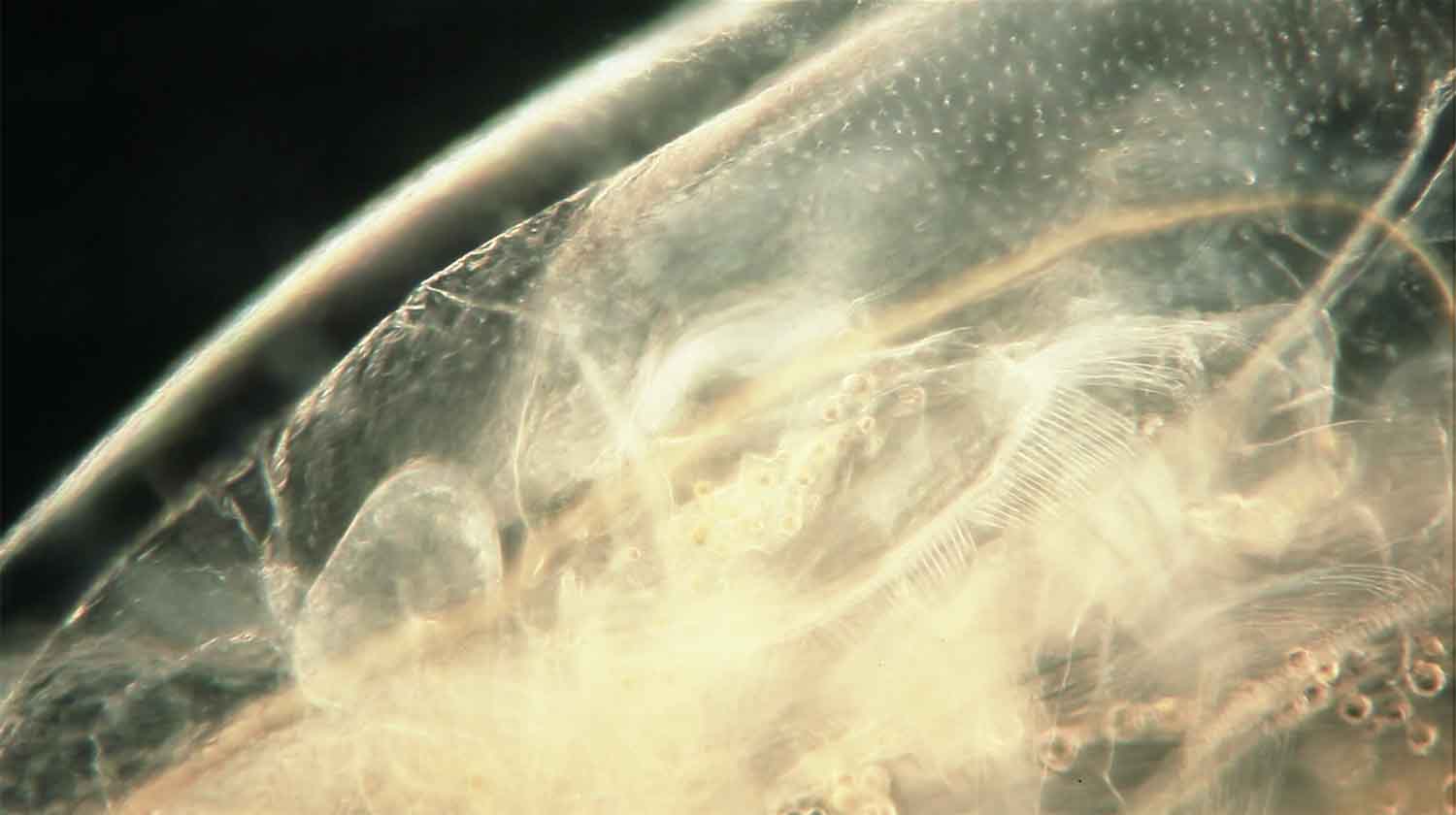
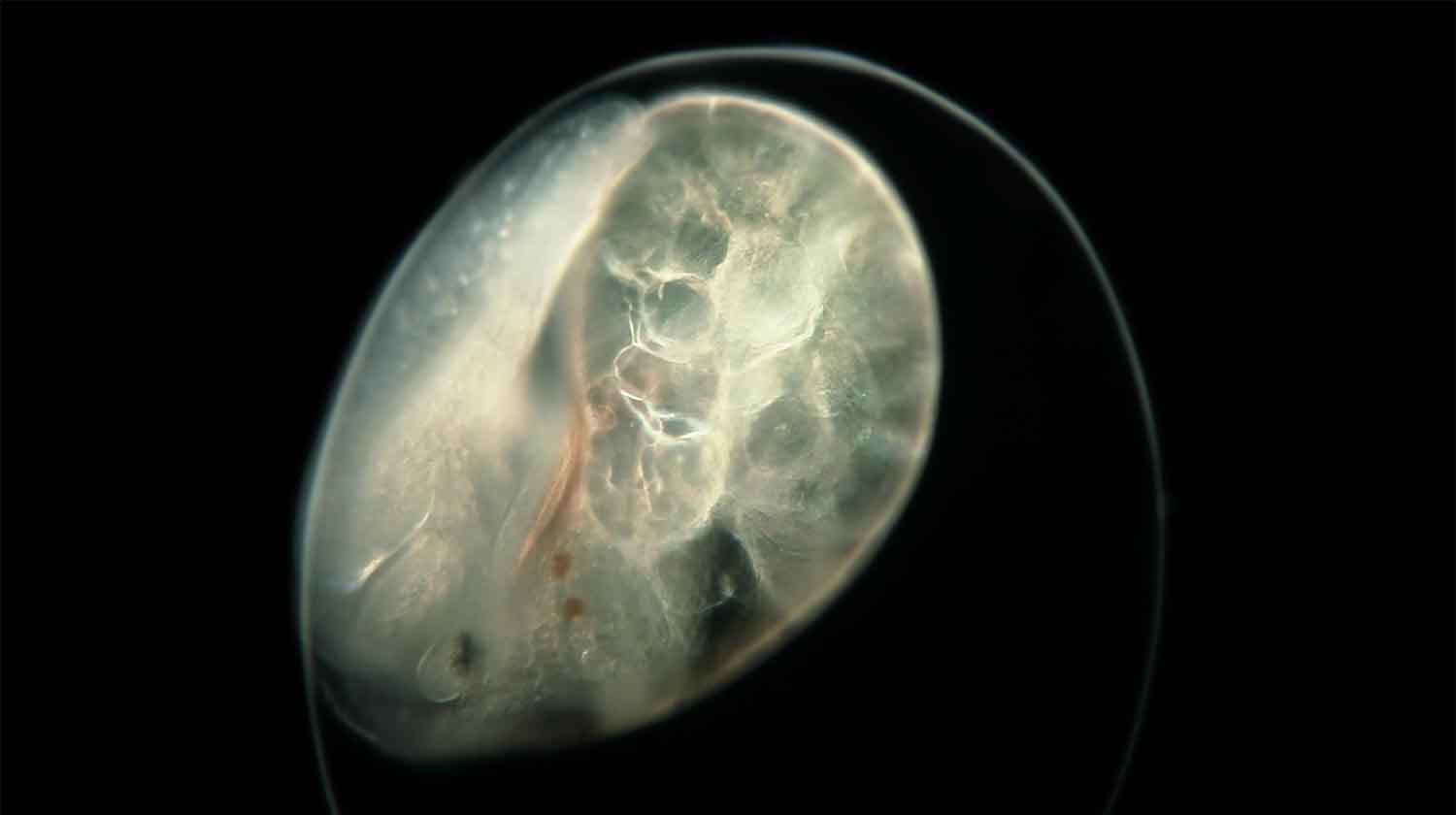

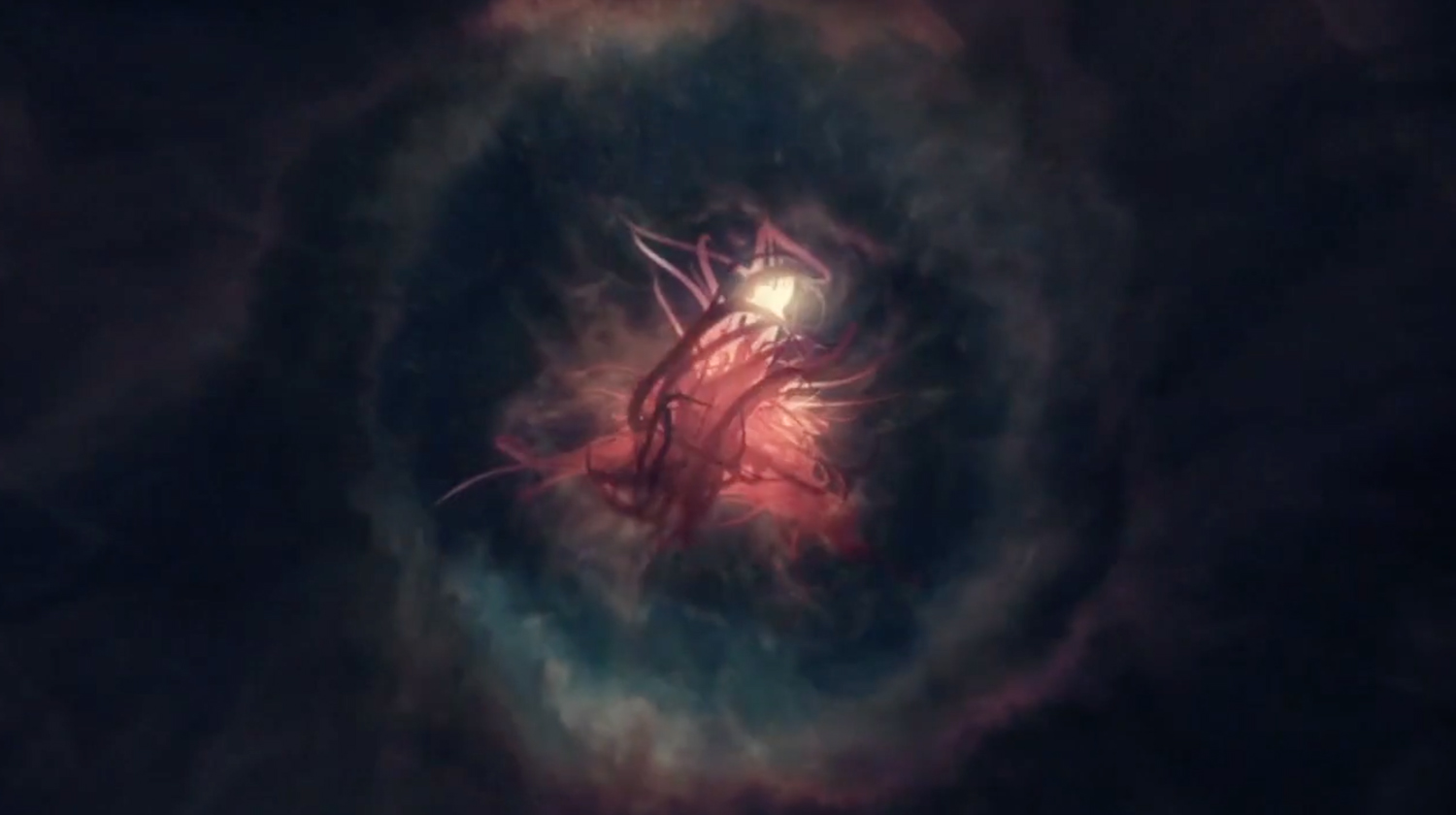
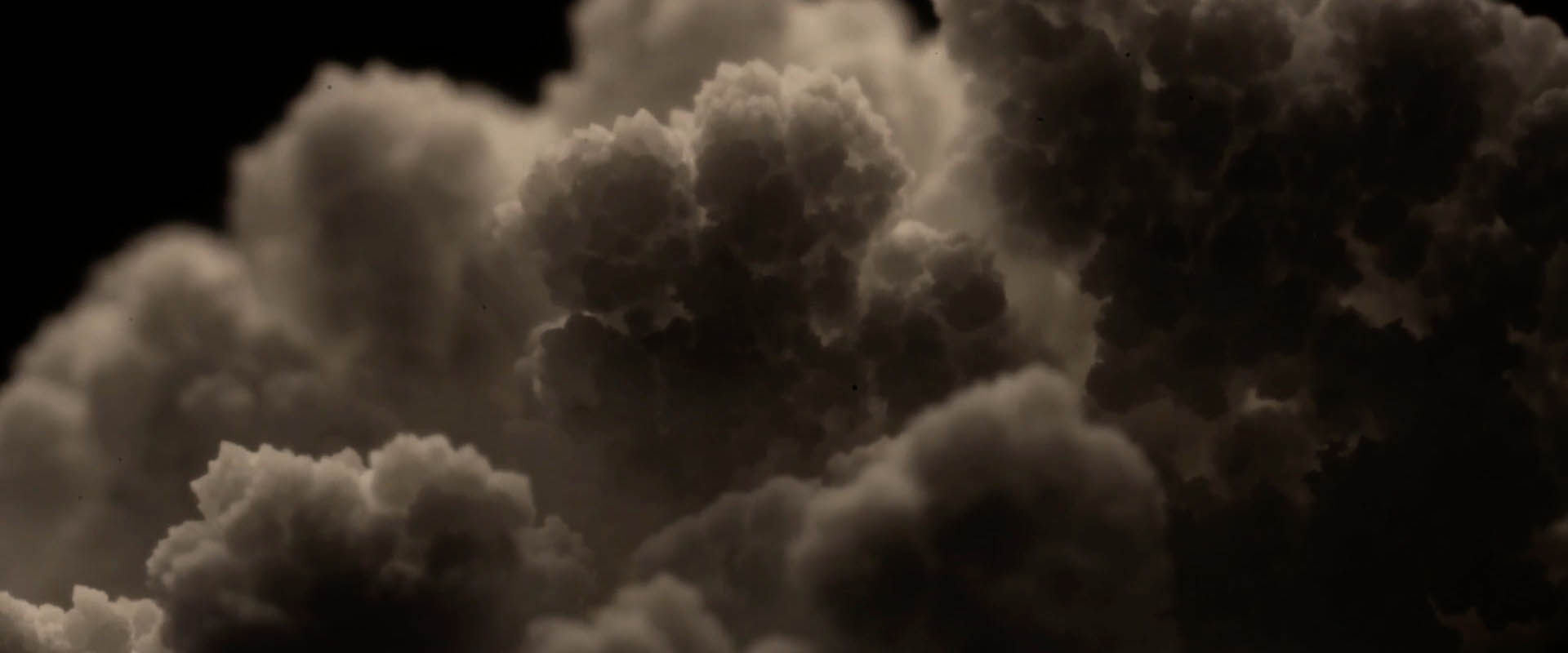

“illuminate and backlight the detail”
'Micro Worlds' will showcase the smallest creatures in our living world and reveal hidden microscopic structures in our geological, non-living world – from ice-crystals, to minerals, to human cells.
These sequences will play with the fractal nature of our planet – juxtaposing micro-scale imagery with global-scale from space, matching shape, color and texture as common links between them.
We want to take organisms out of the petri-dish and treat them with the consistent visual language of the rest of our VFX, drawing specific visual parallels with our ‘Space Worlds’, and playing with the ambiguity of scale, juxtaposing imagery with a similar feel to our cosmic nebulas and gas worlds.
We’ll incorporate the best of practical effects specialist Chris Parks for our back-plates to echo the cosmic world, Dark Field Microscopy for our live-action and other composite CG elements - so that the structure of living creatures always feels organic, alive, and non-CGI.
Lighting will play a crucial role in making the 'Micro Worlds' feel really different - a light-source or ‘sun’ in frame will illuminate and backlight the detail of seemingly translucent parts allowing light to pass through them, revealing another hidden world of inner detail. We see the color bouncing off the world behind, unlike our 'Nano World' look where light is absorbed and reflected back.
The visual style is similar in aesthetic to Dark Field Microscopy, allowing us to penetrate and see below the surface of geological structures or fly inside molecules to see internal structures within. It will complement our ‘Gas’ genre style. We will be developing our own 3D shaders that will allow us to see deeper inside structures.
The color palette will be earth based; reds, oranges, yellows.
Lens artefacts will make it feel immediate and add a ‘dirtiness’ to the ‘medium’ – the water, cytoplasm or air – so we’re immersed in the world, not studying it down a microscope.
“ drawing specific visual parallels with our ‘Space Worlds’”


